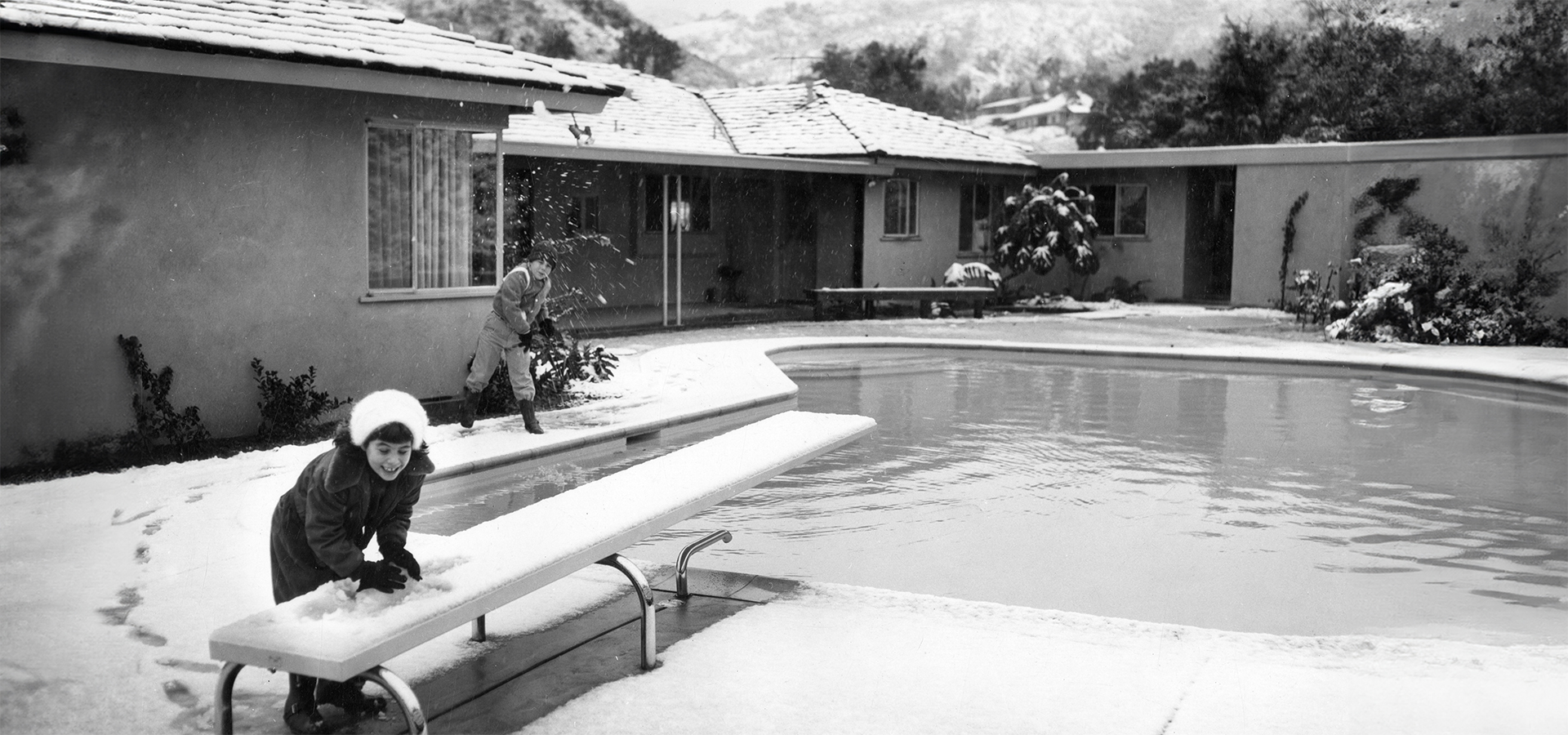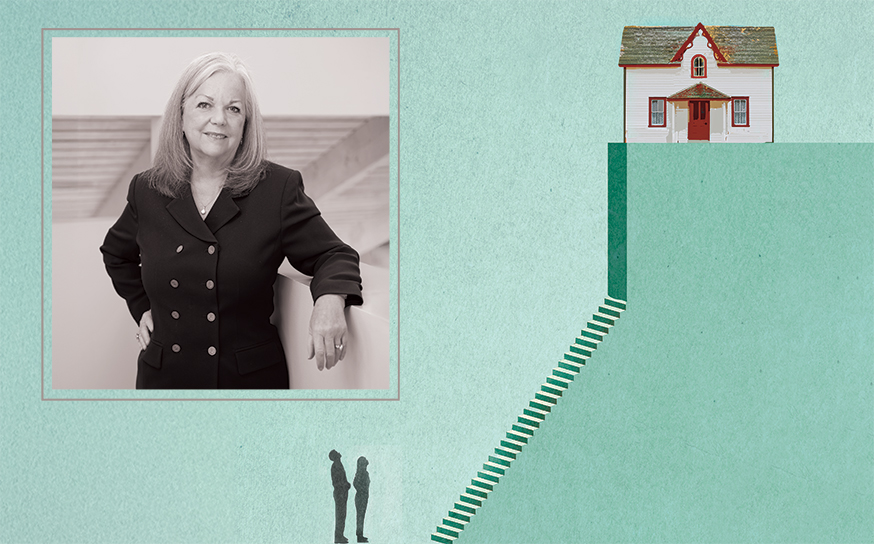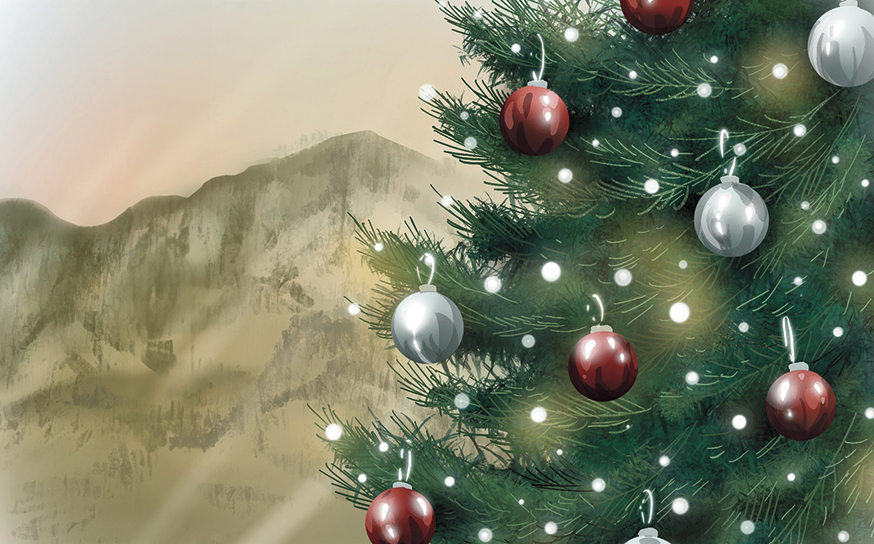A Look Back at Some of the Valley’s Biggest Snow Storms
Yeah, we said snow.
-
CategoryHomes
-
A brother and sister make snowballs in the backyard of their West Valley ranch-style home, landscaped with tropical shrubs, after the 1957 storm.
Above -
Los Angeles Public Library/ Valley Times Collection
Photographs courtesy of
It was a white winter wonderland, the likes of which many of us have never seen. The snow started falling in LA on January 9, 1949, and continued intermittently for three days. It caused chaos for commuters and road crews, but excitement among the city’s youngest residents. Snow hadn’t been recorded here since January 15, 1932, when 2 inches fell.
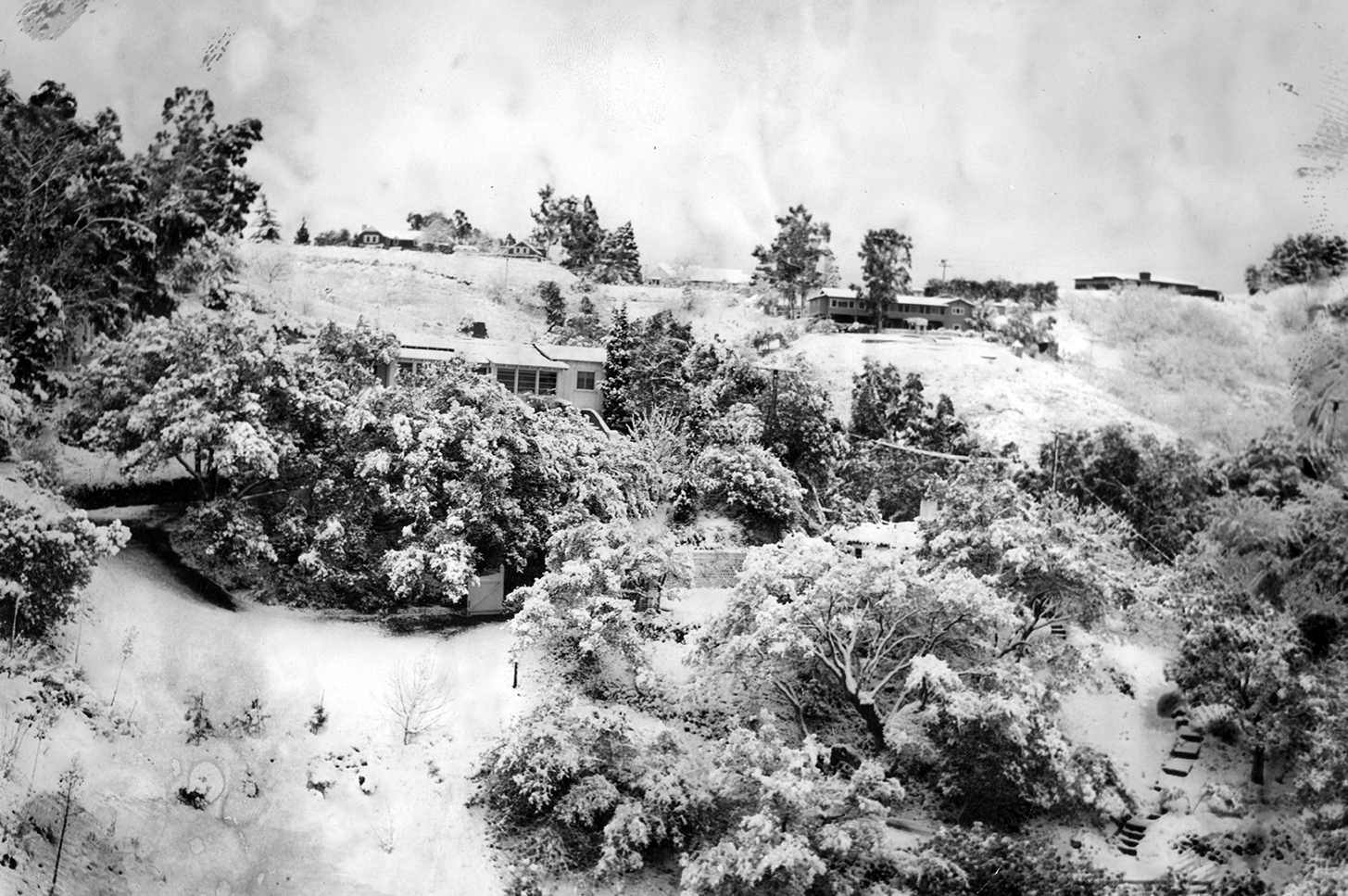
A shot of the 1949 storm taken near the intersection of Coldwater Canyon and Mulholland Drive. It was the first Valley snowfall in 17 years.
The 1949 snowstorm was caused by a weather pattern that brought cold air from Canada and Alaska down to Southern California, where it met with a low-pressure system moving in from the Pacific Ocean.
Four inches of snow was recorded in downtown LA and up to a foot in other parts of the region. Temperatures dipped into the 20s at night, causing residents to cover plants and citrus farmers to light oil-burning smudge pots to protect their crops.
Sepulveda Boulevard south of Ventura Boulevard in Sherman Oaks (aka Sepulveda Pass) was shut down for three days due to ice. Only cars with chains were allowed through. The canyon roads over the Santa Monica Mountains also became impassable. Nearly 20 motorists in Laurel Canyon, some with frozen radiators, were trapped in their cars for several hours. Newspaper coverage of the storm was extensive, with headlines such as “Snowstorm Paralyzes Southland,” and “Southland Shivers Under Blanket of Snow.”
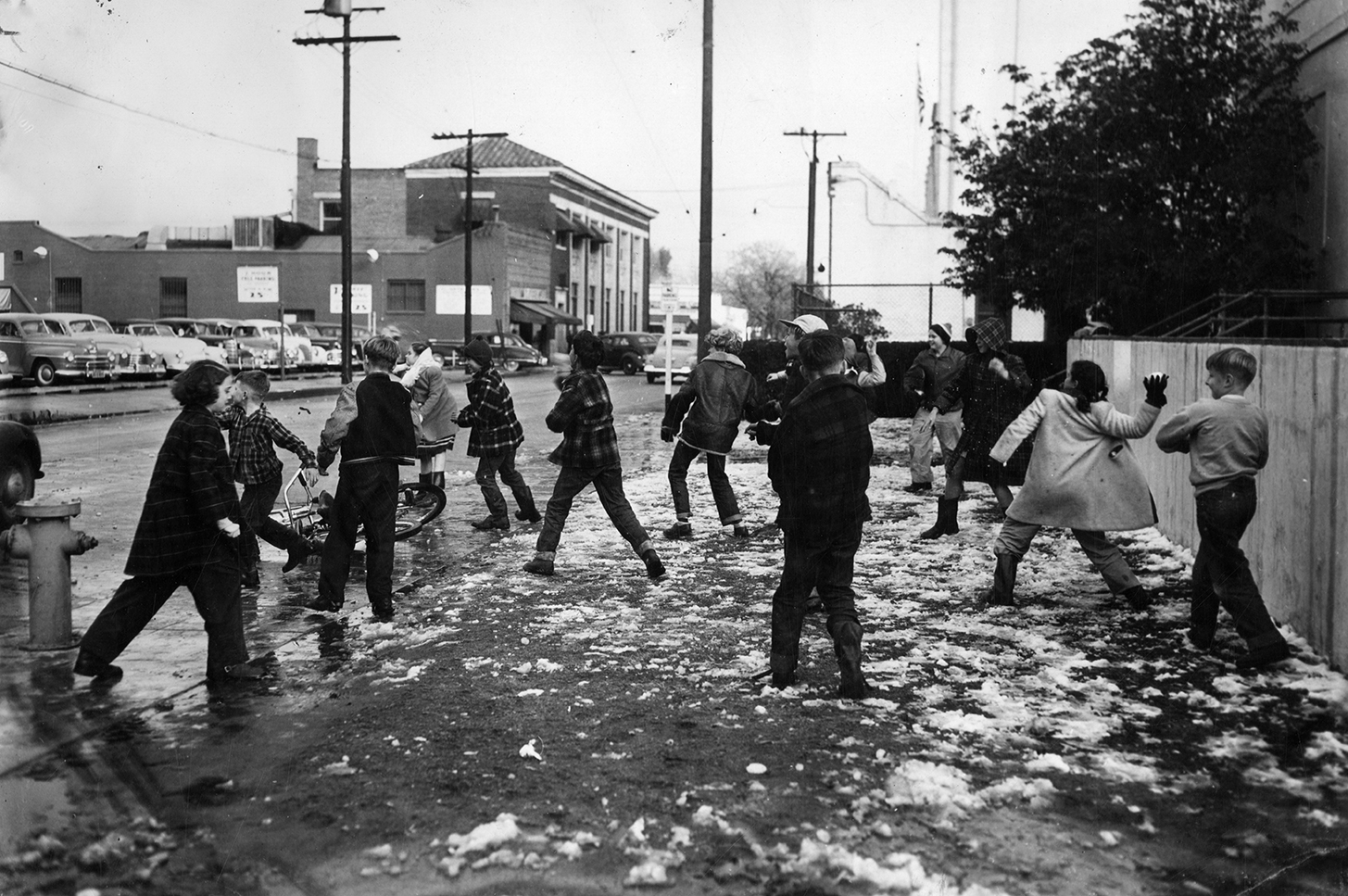
During the 1949 storm, children gathered in the street to make snowballs. They were too young to have experienced the big snow of 1932. So for most, it was their first snowball fight.
Eight years later we got whacked with another storm. Up to a foot of snow fell in Los Angeles on January 29, 1957.
Again, there were commuter hassles. The intersection of Ventura and Topanga Canyon Boulevards was blanketed by a thick white carpet and rendered impassable. Snow piled up to 4 inches deep in Canoga Park, Encino, Chatsworth, Reseda and Northridge. Cars skidded and motorists were advised to use chains. Traffic was further complicated by toppled mature trees and branches broken due to the weight of the snow.
The West Valley got the most accumulation in the San Fernando Valley. The deepest falls were recorded in Woodland Hills where Woodland Hills Elementary School was closed for a day. We’re quite certain no tears were shed.
Join the Valley Community






